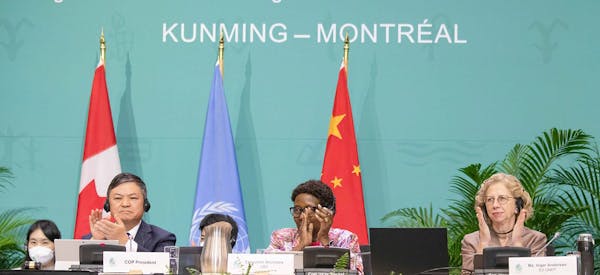Critical ecosystems at risk: Report maps industrial threats to biodiversity in the Amazon, Congo, and Southeast Asia
- Nature Conservation
- Land Conservation
- Protected Lands
- Indigenous Tenure
- Biodiversity
- Science & Technology
As global leaders gather in Cali, Colombia, for the 16th Conference of the Parties to the Convention on Biological Diversity (CBD COP16), a groundbreaking report highlights imminent threats to biodiversity in the Amazon Basin, Congo Basin, and Southeast Asia.
Co-published by One Earth, Earth Insight, the International Indigenous Forum on Biodiversity (IIFB), the IUCN World Commission on Protected Areas (WCPA), Campaign for Nature, and Wild Heritage, the report maps the growing threats from oil, gas, and mining to Key Biodiversity Areas (KBAs), protected areas, and Indigenous Territories across the pantropical regions. Launched on the first day of CBD COP16, the report calls for immediate global action to prevent the further fragmentation of these vital ecosystems.
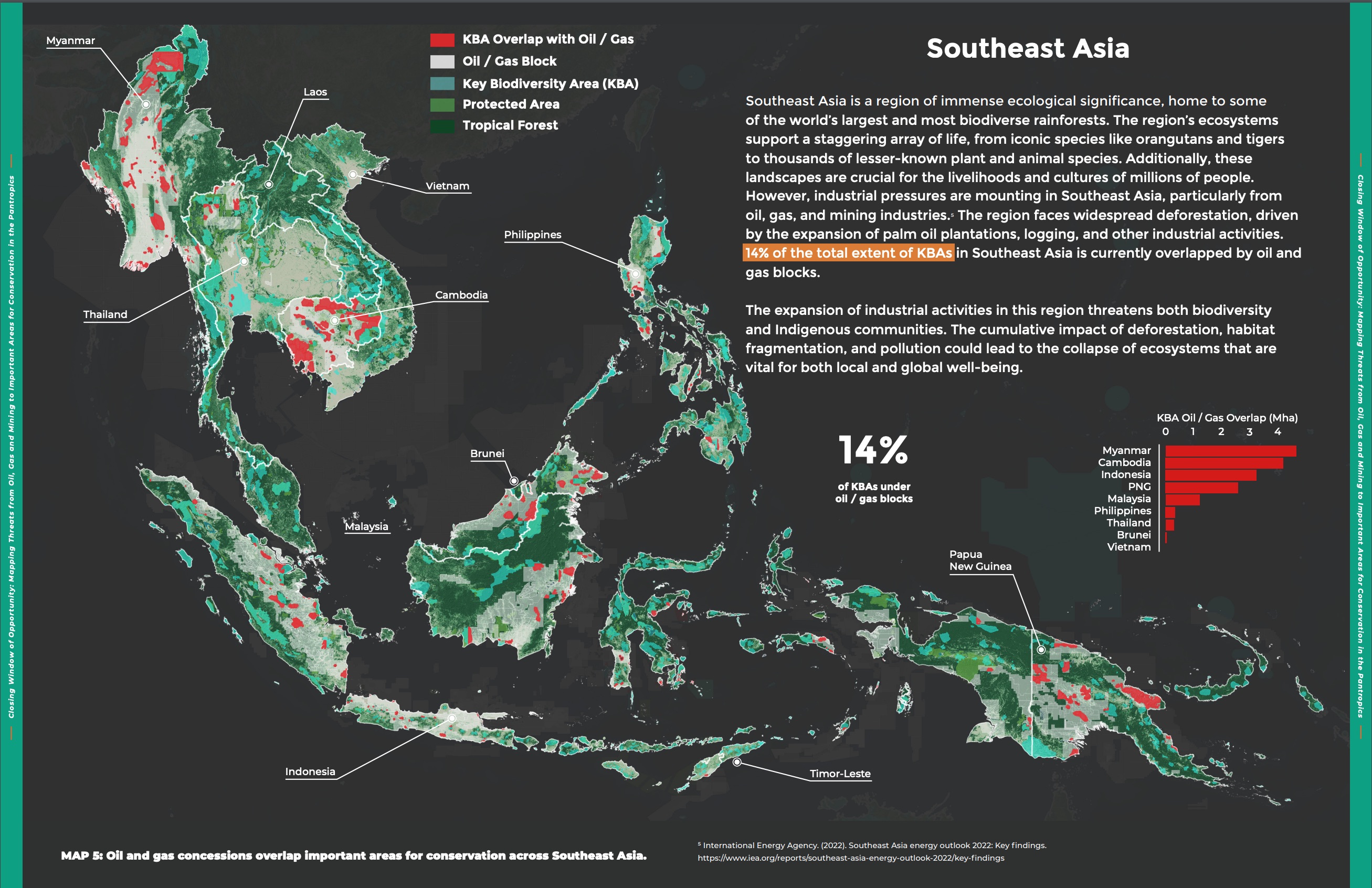
Southeast Asia in the report Closing Window of Opportunity: Mapping Threats from Oil, Gas and Mining to Important Areas for Conservation in the Pantropics. Read the full report here
Key findings from the report include:
- Over 500 KBAs and 180 million hectares of high-integrity forests are overlapped by fossil fuel and mining concessions in the Amazon Basin, Congo Basin, and Southeast Asia.
- Oil, gas, and mining concessions are directly threatening the livelihoods of Indigenous peoples and local communities across the pantropics—over 30 million hectares of Indigenous Territories in the Amazon are overlapped by oil and gas concessions and nine million hectares with mining concessions.
- Across the pantropical belt, at least 25.4 million hectares of protected areas are overlapped by oil and gas blocks.
These areas—rich in biodiversity and crucial for climate regulation—are facing escalating threats from extractive industries. The global community must act now to halt industrial expansion in these regions, which are home to immense biodiversity, serve as critical carbon sinks, and sustain Indigenous ways of life.
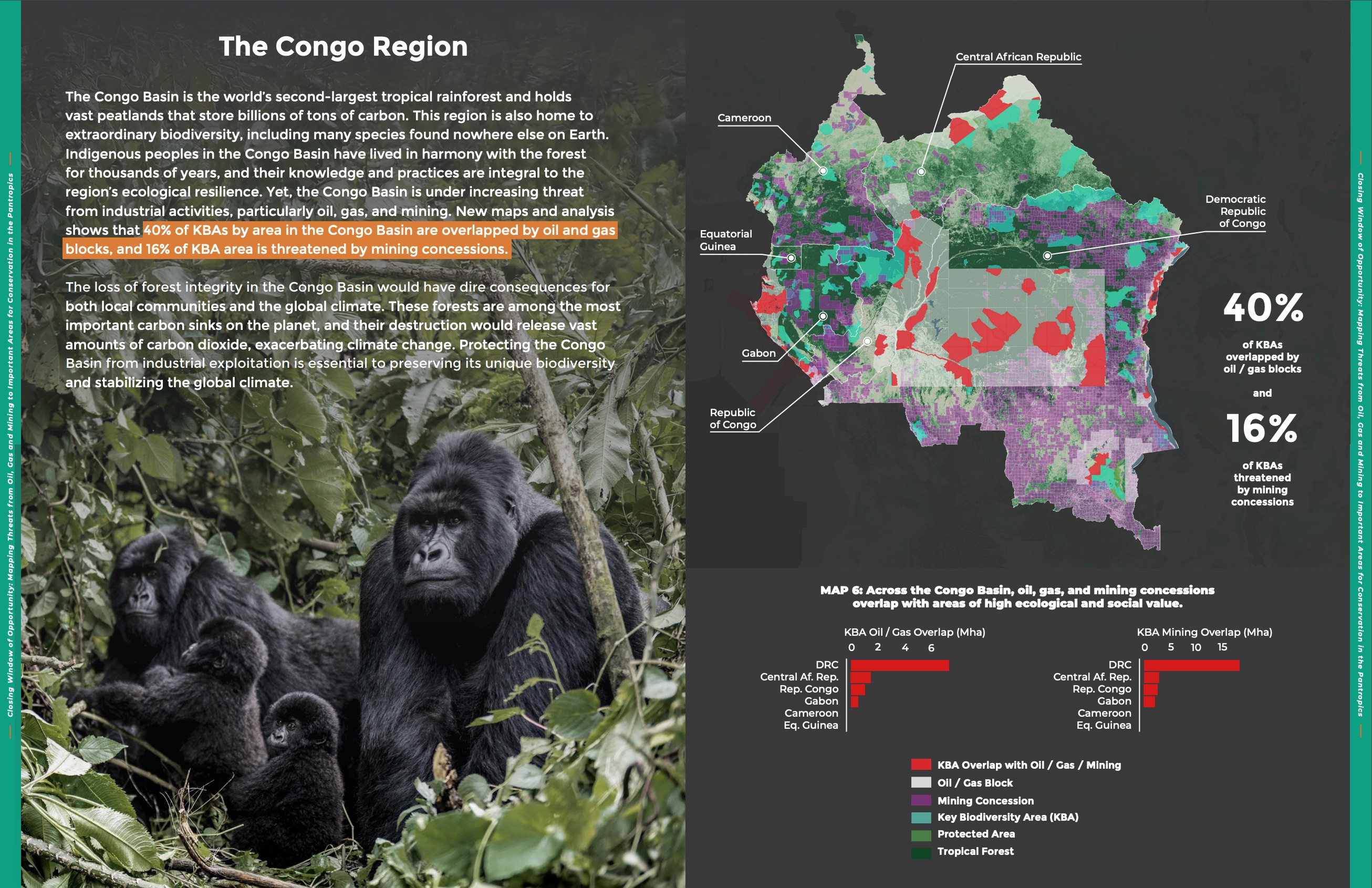
The Congo Region in the report Closing Window of Opportunity: Mapping Threats from Oil, Gas and Mining to Important Areas for Conservation in the Pantropics. Read the full report here
A crossroads for global biodiversity and climate stability
Protected areas currently cover 17.5% of Earth's land and freshwater, serving as key safe havens for nature. However, the expansion of extractive industries into these regions risk pushing fragile ecosystems beyond tipping points, which would have devastating consequences for both local communities and global climate stability. The report calls for more targeted and ambitious conservation measures, particularly in undisturbed tropical forests, KBAs, and Indigenous Territories.
Impact on Indigenous Communities
The survival of Indigenous Peoples, whose cultures and livelihoods are deeply interconnected with these environments, is also at risk. Indigenous Territories, rich in natural resources, have become targets for industrial exploitation. The report shows that over 30 million hectares of Indigenous Territories in the Amazon are overlapped by oil, gas, and mining concessions, threatening traditional ways of life and the ecological resilience we all depend on.
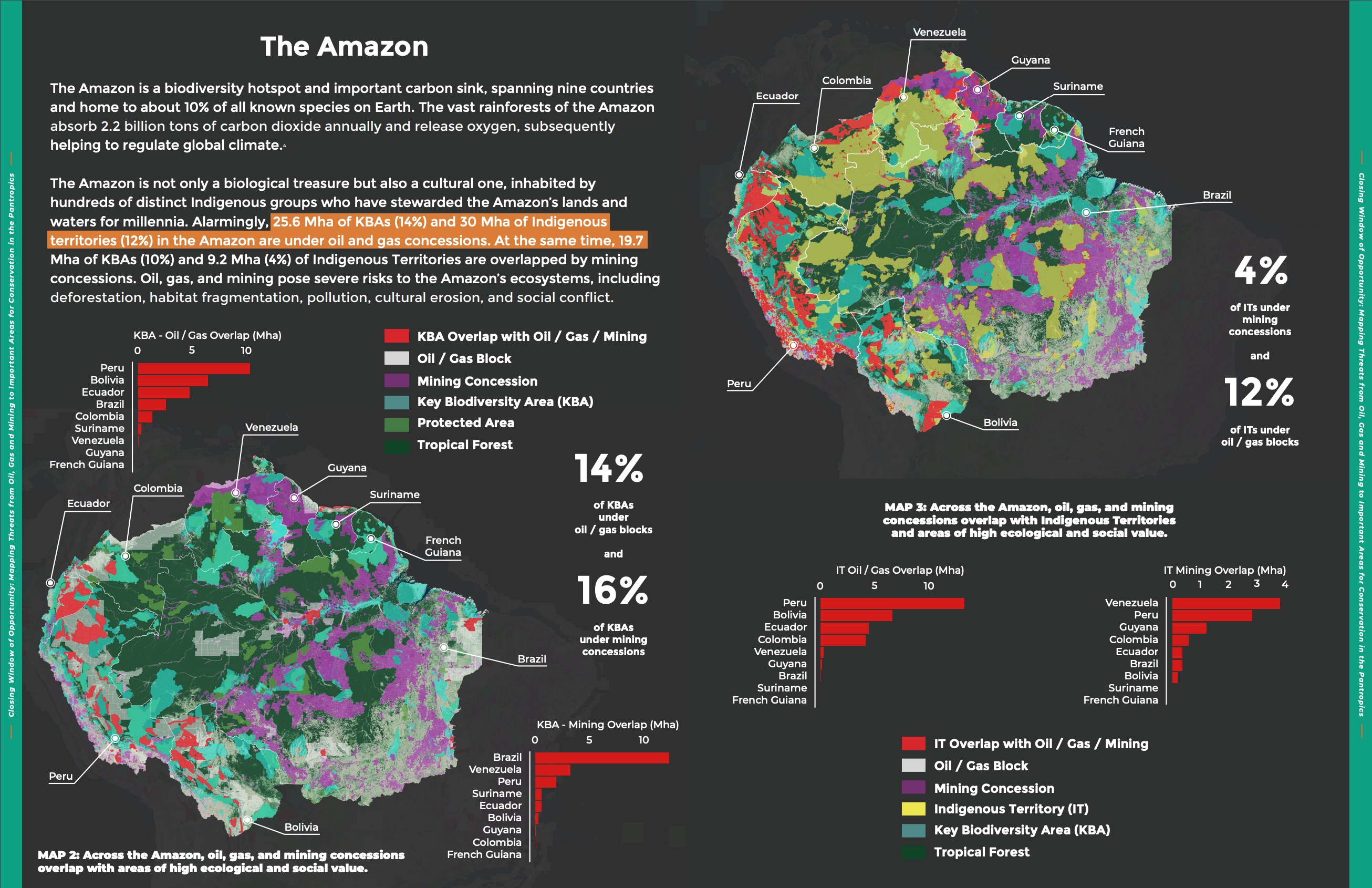
The Amazon Basin in the report Closing Window of Opportunity: Mapping Threats from Oil, Gas and Mining to Important Areas for Conservation in the Pantropics. Read the full report here
A call for urgent, coordinated global action
The report calls for urgent and coordinated global action to bridge the gap between conservation commitments and the realities of industrial-scale exploitation of natural resources. Key recommendations include:
- Expanding the global network of protected areas and restricting industrial expansion in these regions.
- Respecting Indigenous sovereignty and providing sufficient resources for Indigenous-led conservation efforts.
- Increasing funding for nature conservation, both nationally and internationally.
The pantropics not only harbor immense biodiversity but also play a crucial role in regulating the global climate by acting as major carbon sinks, helping to absorb and store carbon dioxide, and maintaining global weather patterns. Industrial activity in these regions threatens to push ecosystems past tipping points, with potentially irreversible consequences. Expanding protected areas, supporting Indigenous-led conservation, and strengthening legal protections are critical steps we must take to protect biodiversity, uphold Indigenous rights, and ensure long-term sustainability.
The world now stands at a crossroads. We can either take bold, decisive action to protect these vital ecosystems, or we risk losing them forever. The choices we make today will determine the fate and well-being of future generations.
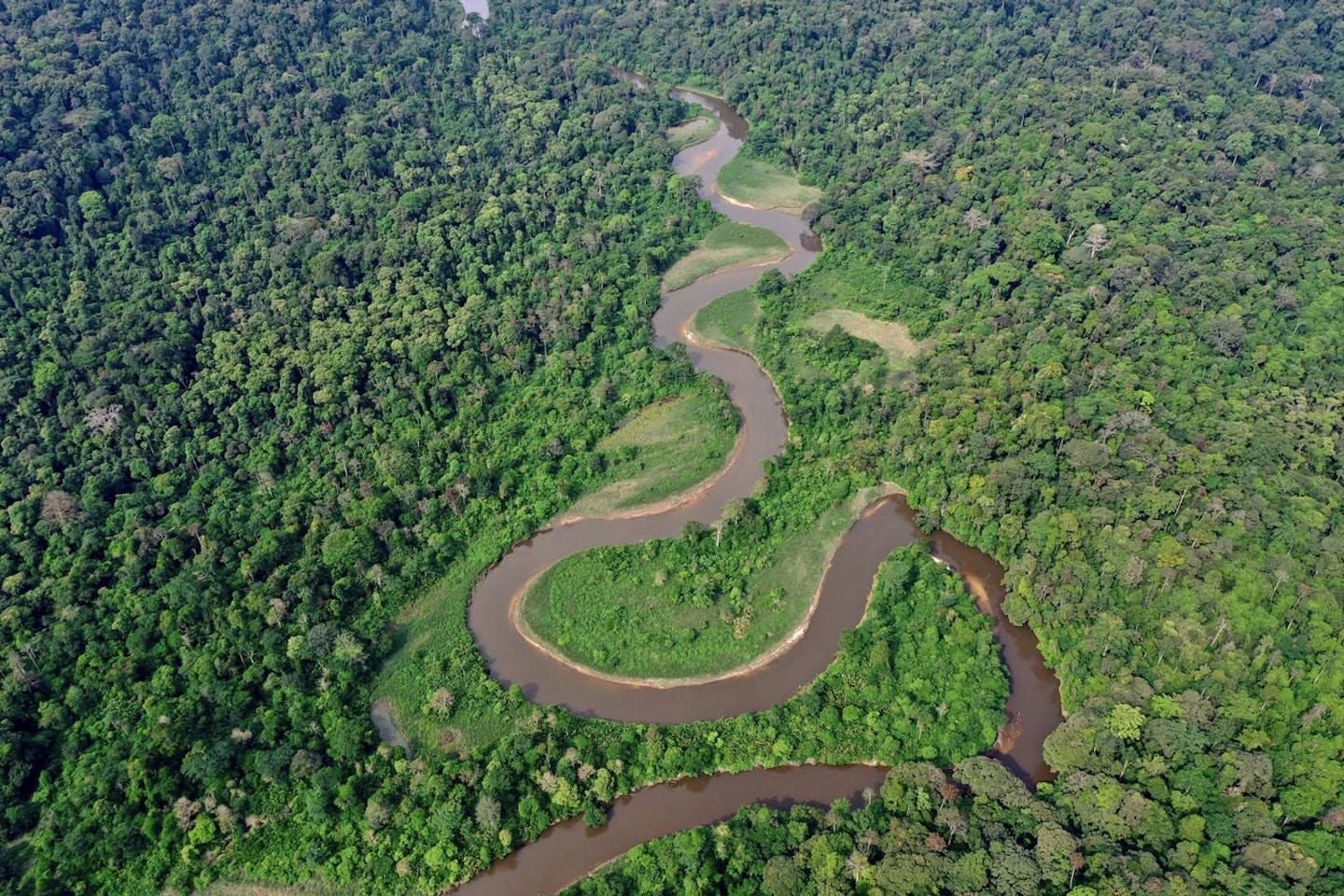
.png?auto=compress%2Cformat&h=600&w=600)
